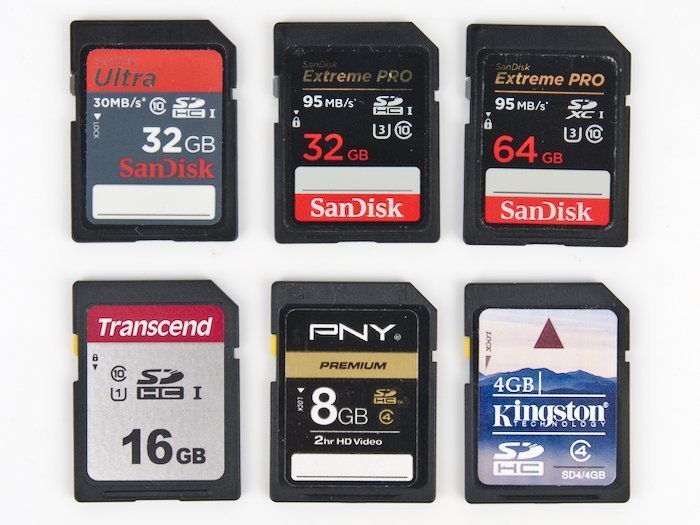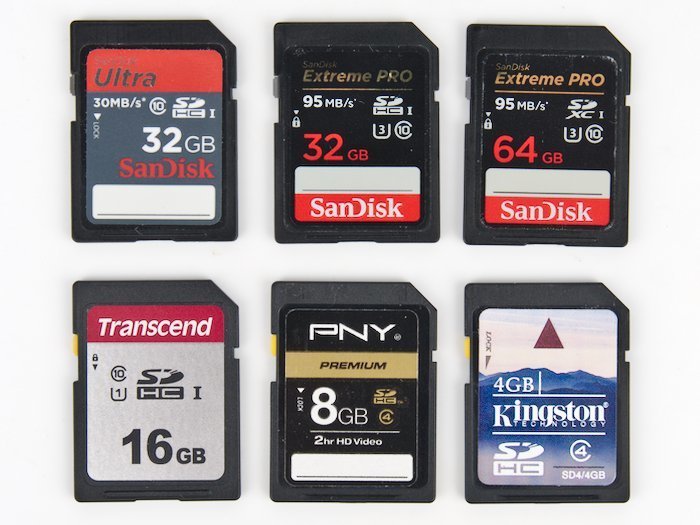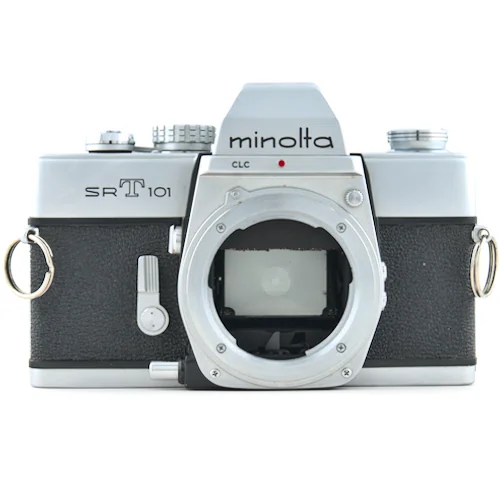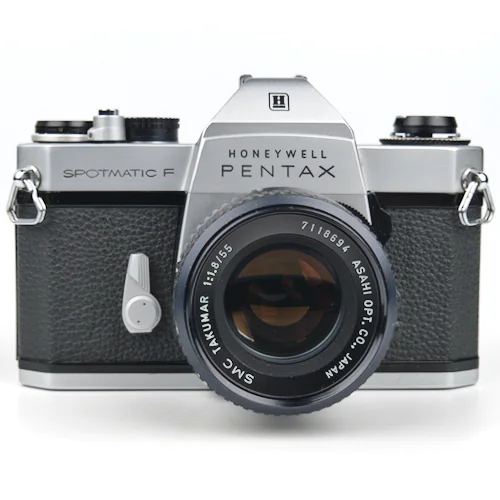
Overview of Pentax Spotmatic Versions: Asahi vs Honeywell
- Nathaniel Stephan
- Pentax spotmatic
- July 16, 2023
Table of Contents
Launched in 1964 by Asahi Optical Co. Ltd., the Pentax Spotmatic series sold well thanks to its innovative spot metering technology. The “spot” in Spotmatic was a reference to the built-in light meter.
There were 10 major versions of the Pentax Spotmatic.
If you are not overly familiar with vintage cameras, TTL metering was a huge quality of life improvement. It reduced the price and complexity of photography. Prior to the Spotmatic, an extenal light meter light, like the Pentax Spotmeter V would have been needed.
Asahi vs Honeywell
Asahi Optical Co. Ltd. was the company that manufactured the Spotmatic. Pentax was the brand that the company used to market it’s photography equipment.
The company changed its name to Pentax Corporation in 2002. In 2008 the company was bought by Hoya Corporation in a friendly merger. Then in 2011, the Pentax camera and copier businesses were sold to Ricoh.
Some cameras are marked Honeywell instead of Asahi Pentax. This is because Honeywell was the official US importer of Pentax cameras from the mid 1950’s into the 1970’s
Spotmatic Versions and Release Dates
The Spotmatic series has 10 different models.
There were both black and chrome body versions of the cameras released. Black bodies are less common.
| Version | Release Date |
|---|---|
| SL | 1964 |
| Spotmatic (SP) | 1964 |
| Spotmatic SP500 | 1971 |
| Spotmatic SP1000 | 1971 |
| Spotmatic II (SPII) | 1971 |
| Spotmatic IIa | 1971 |
| Electro Spotmatic | 1971 |
| ES | 1972 |
| ES II | 1973 |
| Spotmatic F (SPF) | 1973 |
More information of differences between Spotmatic Versions.
Pentax Spotmatic SL
The Spotmatic SL does not have a light meter. This was done so that photographers that preferred to use an external meter didn’t have to pay for a integrated light meter. It was effectively a replacement for the Pentax SV.
Pentax Spotmatic SP
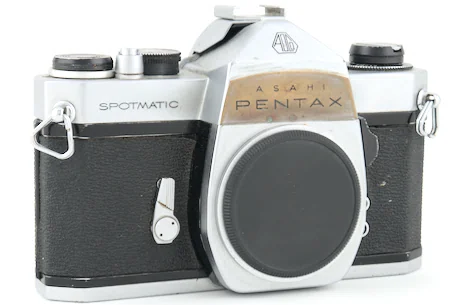
There are differences between Pentax Spotmatic SP cameras, but Pentax did not consider them as different versions. The different Spotmatic SP cameras are referred to as “early” and “later” versions.
There are external and internal differences that can be seen among Spotmatic SP cameras. These changes are likley from improvements in design and manufacturing efficiency. They do not change the specs of the Spotmatic SP. These changes can be found as both Asahi Pentax Spotmatic SP and Honeywell Pentax Spotmatic SP versions.
Noticeable external changes are:
- The self-timer lever
- Meter switch
- Top cover attachment method
- Film counter height
Internal changes include:
- The shutter
- Light meter
- Mechanical changes
Pentax Spotmatic SP500
The Spotmatic SP500 is one of two budget models of the Spotmatic. It does not have a shutter release timer. It has a maximum shutter speed of 1/500 of a second, which is denoted by the model number.
More information on the Asahi Pentax Spotmatic SP500 can be found at photoethnography.com.
Pentax Spotmatic SP1000
The Spotmatic SP1000 is another budget version of the Spotmatic. It does not have a shutter release timer. The fastest shutter speed of this model is 1/1000 of a second.
Pentax Spotmatic II (SPII)
The Spotmatic SPII added a hot shoe and switch under the rewind crank to for FP and X-flash sync.
Pentax Spotmatic IIa
The Pentax Spotmatic IIa was manufactured for the American market. Honeywell paired it with the Honeywell Strobonar electronic flashes. The Flashes used an electronic eye that was placed at the top-left of the camera.
Pentax Electro Spotmatic
The Electro Spotmatic was an electronic camera that featured aperture priority mode as well as an automatic mode. It was the first SLR in Japan to have those features.
The camera uses a 4SR44 battery and there is a battery check button.
Pentax Spotmatic ES
The Pentax Spotmatic ES was an improved Electro Spotmatic. Improvedments were made that addressed reliability issues found in the Electro Spotmatic. It was sold internationally.
Pentax Spotmatic ES II
Notable changes found in the Pentax Spotmatic ES II from the ES include the ability to meter 3200 ISO film and a self timer with a delay of 5-11 seconds.
Pentax Spotmatic F (SPF)
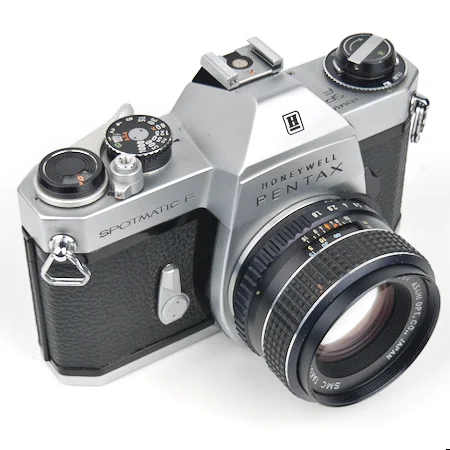
The Pentax Spotmatic F featured open-aperture metering. This allowed the camera to meter without the lens aperture needing to be manually stopped down.
A shutter lock was also added. The shutter release lock would prevent a cocked camera from inadvertantly firing.
Lens Mount and Compatible Lenses
The Spotmatic cameras used an M42 screw mount, providing compatibility with a range of lenses. There are many affordable M42 lenses from numerous manufacturers, including Pentax’s Super-Takumar lenses, Zeiss, Carl Zeiss Jena (West German), and Russian Lomo lenses like the Helios 44-2.
The M42 mount is an open standard and many manufactures, including Pentax, made proprietary lenses. These lenses often had a coupler that would allow lens aperture settings to be relayed to the camera body. So specific camera bodies may require proprietary lenses to have all of the features working.
Additionally, there are M42 lens adapters available that will allow you to use M42 lenses on any mirrorless digital camera. Aperture priority mode will not work, but manual exposure and shutter priority will work.
Kit Lenses
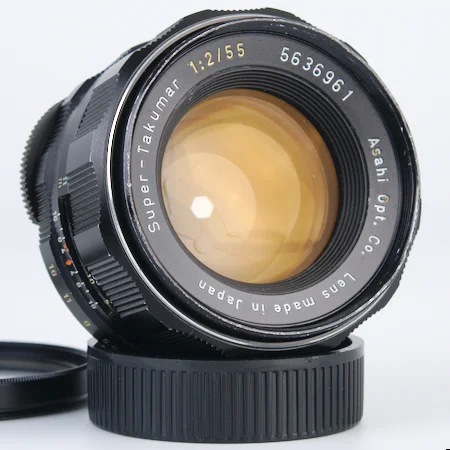
There were several different standard lenses that were offered with Spotmatics as the kit lens. Here is a page with more recommended Asahi Pentax Spotmatic lenses.
- Super-Takumar 55mm f/1.8
- Super-Takumar 50mm f/1.4
- Super-Takumar 55mm f/2.0
- SMC Takumar 55mm f/2.0
- Super-Multi-Coated Takumar 50mm f/1.4
- Super-Multi-Coated Takumar 55mm f/1.8
- SMC Takumar 50mm f/1.4
- SMC Takumar 55mm f/1.8
The Spotmatic Chassis Continued into Pentax K-Mount
The Pentax Spotmatic chassis was the basis for the Pentax K2, KX, KM and K1000 models with bayonet mount.
The Pentax K1000, is often touted as the Spotmatic’s successor. Which is strange because the K1000 has fewer features.
Noticeable similarities are the placement of the frame counter withing the film advance lever.
| Feature | Spotmatic | Pentax K1000 |
|---|---|---|
| Release Year | 1964 | 1976 |
| Lens Mount | M42 Screw Mount | Pentax K Mount |
| Metering | Stop-Down, TTL | Open-aperture, TTL |
| Battery | 1.35v mercury cell | 1.5v LR44 or SR44 |
| Shutter Speed | 1-1000 sec plus B | 1-1000 sec plus B |
Spotmatic Specs
Here are some key technical specs:
| Specification | Description |
|---|---|
| Lens Mount | M42 Screw Mount |
| Shutter Speeds | 1-1/1000 sec plus B |
| Film Format | 35mm |
| Metering | Through-the-Lens (TTL) |
| Battery | 1.35v mercury cell |
| Self Timer | Yes |
| Flash Sync | 1/60 sec or FP |
*FP is a flash sync plug. The cameras used standard PC flash sync ports.
All of the Spotmatic versions have a focal plane shutter.
Light Meter
The light meter is turned on by partially pressing the shutter button. There is a meter needle to indicate the light meter reading
Where to Buy and Used Prices for Spotmatics
You can find used Spotmatics on various online marketplaces such as Amazon, eBay, KEH, and other places. They can also be found in vintage camera stores, flea markets, antique markets, and garage sales.
Prices vary based on the camera’s condition and rarity, ranging typically between $30 - $150.
Battery Requirements
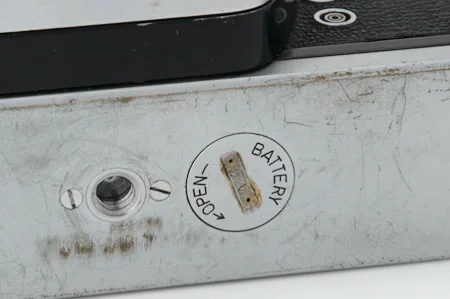
Four different battery types were used on the Spotmatics.
The earlier versions of the camera used a 1.35v mercury battery. Mercury batteries were banned due to the health and environmental damage they caused from leaking.
A close substitute is the zinc-air Wein cell battery, or you can also use a 1.5v silver-oxide battery, which can cause a minor impact on the light meter’s accuracy, based on the Spotmatic model. Alkaline batteries can also be used, but silver oxide cells last longer and have a flatter voltage dischage.
- The Spotmatic F uses a PX-625 battery.
- The Spotmatic ES II uses a S76E or MS-76H battery.
- The ES and Electro Spotmatic use a 6V Everyready #544 battery. (A544, 28A, and 4LR44)
On most models, a battery is only required to use the light meter.
The battery compartment is located on the bottom of the camera. The battery cover is designed to be removed by using a coin.
The ES, ES II, and Elecro Spotmatic have electronically controlled shutters. That means they need a battery in order for the shutters to operate.
Film Used
As a 35mm film camera, the Spotmatic can use all types of 35mm films available on the market. Whether you prefer black & white, color negative, or slide film, the Spotmatic can shoot it.
There are pages dedicated to how to load film into the Pentax Spotmatic and how to read and remove film from the Pentax Spotmatic.
Where to Get a PDF Manual
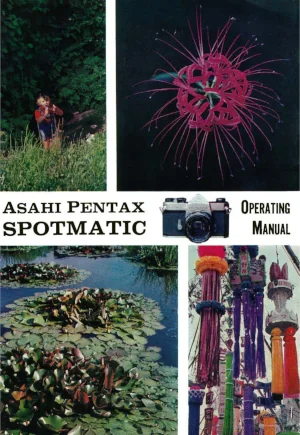
A digital copy of the original Spotmatic manual can be very helpful. You can download a PDF version of the manual from Butkus.org or pentax-manuls.com.
If you need to do repairs, pentax-manuals.com has a collection of service manuals for several Spotmatic models and other Pentax cameras.
Common Problems with Used Spotmatics
Used Spotmatics can suffer from issues common to vintage cameras such as stuck shutters, unresponsive light meters, dusty viewfinders, and battery corrosion. In most cases, a professional CLA (Clean, Lubricate, Adjust) service can restore the camera to working condition.
